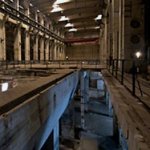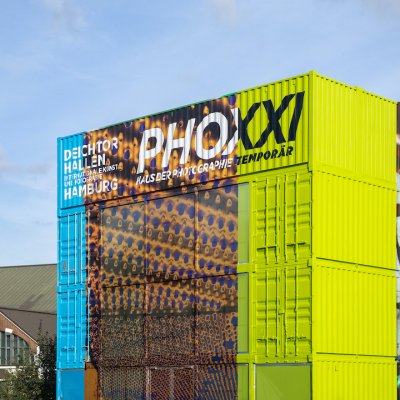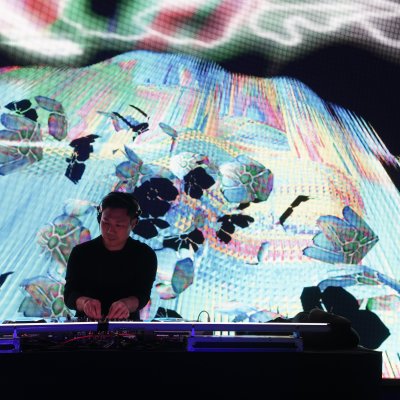if you go there, then you must have enough time for looking the many models of social and utopian plans,
realized or visions.and beetween times drink a coffee in the wonderful red bar for regeneration your head....
The Curator’s Point of View
Cities are built from wishes and animated by them: mundane wishes and spectacular ones, idealistic and economic ones, local and global ones.
They link the practice of architecture to the social and utopian domains.
This is what Realstadt.Wünsche als Wirklichkeit is all about. To make its case it draws on examples from German cities and their potential of normality.
The formulation and cultivation of wishes are by no means limited to citizens’ initiatives. Professionals too are guided by wishes in their activities. This becomes particularly evident from urban and architectural models, which, as instruments and media, serve a double purpose. Such models never depict reality in an objective manner. They channel the observer’s attention by means of their materiality and their gestures, they underscore some aspects and downplay others. In this way, the world of models, which is so full of allure and such a source of inspiration for our creative fantasy, entertains a highly complex relationship with reality.
In the huge turbine hall of the disused power station Mitte in Berlin wishes of all shapes and sizes are congregating. The models reflect the wishful thinking of many town councils, planning practices, universities as well as of associations and individuals.
In Realstadt, Hamburg is located next to Aachen, Görlitz next to Ulm, and this temporary urban conglomeration develops its own laws, its own cogency. Selected projects, whose provenance is in the fields of urban planning, civil society activities and social housing, are represented in this model city through images and texts. The result is both a visual feast and more than that. It is also a discourse that bridges the gap between theory and practice and puts the proportions, goals and claims of all those wishes to the test. Realstadt is not about some exotically proliferating metropolis, it is about what the majority of Germans are familiar with: their attempts to have a say regarding the conditions of urban life and to exert influence on them, subversively or in a politically correct manner and either swimming with the tide of the globalized economy or against it.
The fulfilment of wishes, however, must not be taken for granted. The playing field is by no means a level one and conflicting interests will make themselves felt. Nevertheless the multiplicity of wishes and the energies released by them are integral ingredients for the quality of life in cities.
This quality calls for constant reassessment and readjustment – first on the scale of the model and then in real life.
Martin Heller and Angelika Fitz







